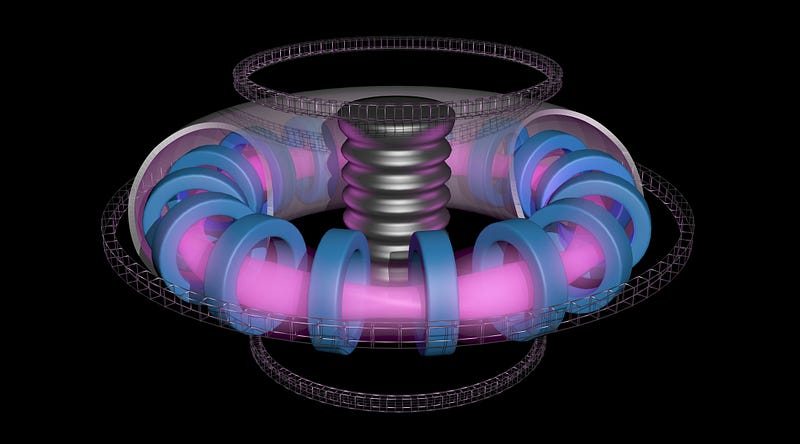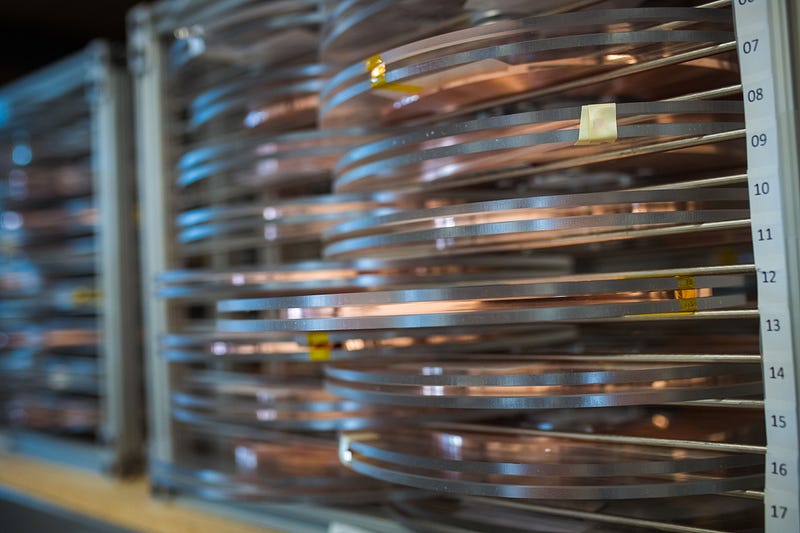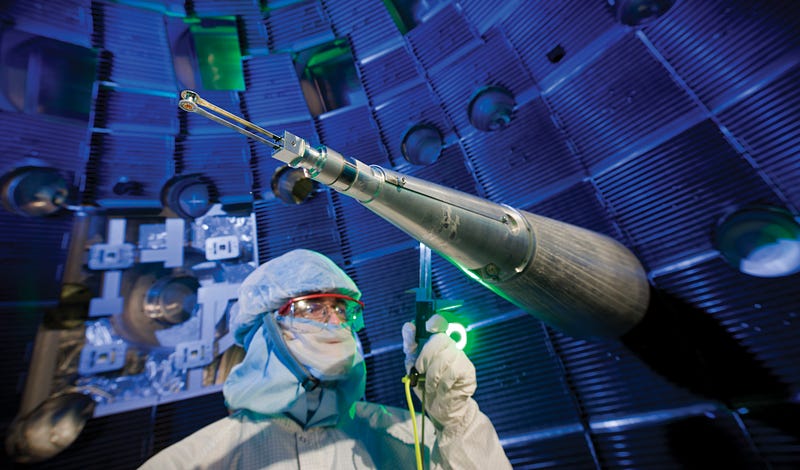Fusion Energy: A Leap Forward with Two Major Breakthroughs
Written on
Chapter 1: The Dawn of Fusion Energy
As we look toward a future where the bright cities of the world are largely powered by fusion energy, we may soon reflect on the pivotal moment that made this dream seem attainable. For years, we have speculated, debated, and envisioned fusion as a viable energy source, often questioning if it would remain a distant fantasy. However, two groundbreaking advancements in recent weeks may signify a turning point in the history of fusion energy, igniting hope that it could genuinely revolutionize the world.
The first of these breakthroughs took place on the morning of September 5th at MIT’s Plasma Science and Fusion Center. Researchers successfully conducted a test where an innovative magnet achieved a strength of 20 tesla, marking it as the most powerful magnetic field ever generated with special superconducting magnets. This remarkable capability suggests we could reach ignition—the threshold at which the system produces more energy than is input, resulting in a net gain.
This new magnet, termed a high temperature superconducting (HTS) magnet, plays a vital role in fusion energy research. Fusion occurs when lighter atomic nuclei combine to form a heavier nucleus, releasing substantial energy in the process. This natural phenomenon is easily observed in the cores of stars, where immense heat and pressure facilitate the merging of nuclei. To replicate such conditions on Earth, we must confine plasma that reaches temperatures of around 100 million degrees Celsius, a feat made possible only through powerful superconducting magnets. One of the favored methods to contain this plasma involves the construction of toroidal machines known as tokamaks, which utilize magnetic coils to manipulate plasma particles.

Among all fusion designs, tokamaks have shown the greatest potential for achieving net energy gain during experiments. While the use of magnets in tokamaks is not a novel concept, traditional magnets are typically low temperature superconductors, requiring extremely cold temperatures to maintain their superconducting qualities, characterized by negligible electrical resistance. These magnets often need to be significantly larger to pursue net energy gain, whereas the newly developed HTS magnets can sustain superconductivity at higher temperatures and generate more potent magnetic fields. This advancement allows scientists to achieve energy gain more swiftly, economically, and with considerably smaller devices.
The introduction of these ultra-powerful magnets addresses a critical challenge in realizing commercial fusion energy. For many researchers, effective magnet technology represented the most significant barrier to fulfilling the vision of fusion power.

The HTS magnet utilized just 30 watts of energy compared to the 200 million watts needed by conventional copper magnets in previous MIT experiments. These promising HTS magnets have been the subject of study in various scientific publications since 2020. Both physical and simulated analyses have led to an encouraging conclusion: these magnets are likely to facilitate net energy gain in fusion systems. The initial testing will take place in a prototype named SPARC, which, if successful, could pave the way for a power plant called ARC in the 2030s. SPARC is currently under construction, designed to serve as a testing ground for researchers to refine their innovative system. The aim is to achieve sustained fusion reactions to make the construction of power plants feasible across the nation, with the first net energy gain from SPARC anticipated by 2025.
The second significant breakthrough in fusion energy occurred in early August, bringing us closer to the elusive moment of ignition. At the Lawrence Livermore National Laboratory in California, researchers managed to recover 70% of the energy input into their system. For a brief moment, they generated 10 quadrillion watts of energy—700 times the output of the entire US electrical grid at any given time. The extreme conditions required for this reaction rendered it highly unstable, resulting in a burst of energy rather than a sustained output.
This was a remarkable fusion demonstration, distinct from typical experiments worldwide. Nearly 200 laser beams were concentrated on a tiny gold cylinder containing pellets of deuterium and tritium, isotopes of hydrogen essential for fusion reactions. When the lasers delivered 1.9 megajoules of energy to the cylinder, it imploded, leading to the formation of helium nuclei and neutrons through fusion.

While the MIT team achieved success with the introduction of the new magnet, this groundbreaking result was made possible through advanced computer modeling, improved diagnostics, and enhanced precision for both the target and the lasers. Even minor discrepancies in target production could greatly affect outcomes. The immediate goal is to replicate this test successfully, ideally in October.
The fulfillment of our fusion aspirations promises not only abundant and clean energy for the world but also improved transportation efficiency and enhanced particle accelerator experiments. For the scientists involved, the pursuit is not about wealth or recognition; it's about preserving Earth's habitability for as long as possible. Recent weeks may have provided us with our first glimpse of a rejuvenating future—one that is no longer just 30 years away.
The first video explores the notion that fusion may not be as distant as once thought, delving into recent breakthroughs and their implications.
The second video discusses the ongoing advancements in fusion energy and questions whether it will always be "30 years away."